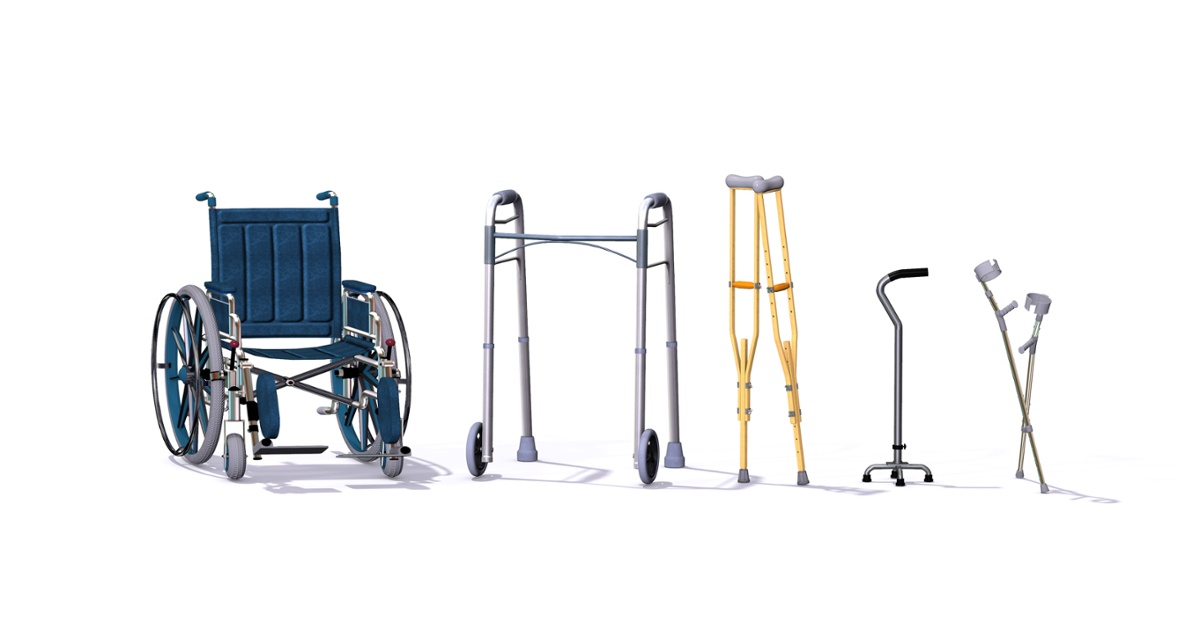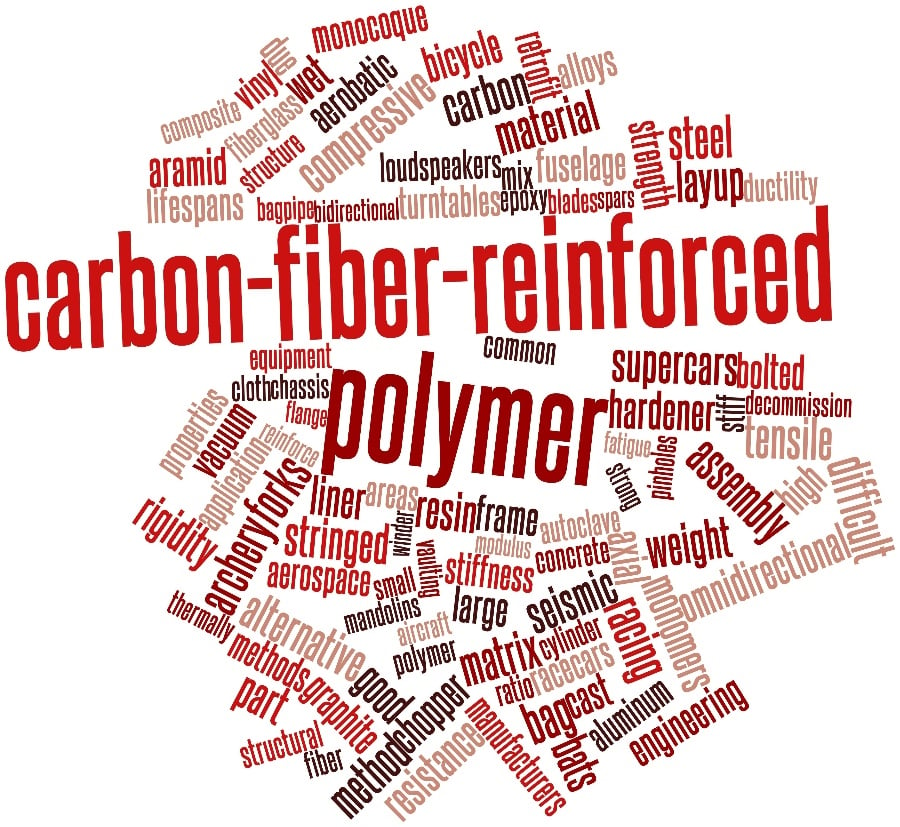
One of the great things about pultruded fiberglass is the flexibility the production process allows for. Any number of different profiles can be created, which opens up room for a lot of creativity in making use of this material to solve particular design challenges.
A common profile for pultruded fiberglass is circular, yielding either a hollow tube or a solid bar. Tube shapes are used for many purposes in diverse industries. Less familiar, perhaps, is a rectangular profile. Today we’ll be exploring rectangular tubing and some of the ways fiberglass tubes, in particular, have been used.
Why Rectangular Tubing?
The name sounds funny. A tube is round, after all, according to the dictionary. What is meant by a rectangular tube, however, is a hollow, elongated pole that is flat on the sides instead of round. (Apparently, no one has invented a good word for it yet!) It can have a square profile or be longer in one dimension than the other.
Rectangular tubing has many different applications. For one thing, it can be used in situations where a round tube could be used as well, such as for a conduit.
On the other hand, its particular shape gives it advantages for some applications. It is easier to use for structural elements, for instance, since flat surfaces are simpler to join to each other or to other materials. It also gives greater strength than a circular profile in a direction at a right angle to the tube’s length
Rectangular Tubing Materials and Their Relative Advantages
Most rectangular tubing available on the market is made of one of four materials: steel, aluminum, PVC, fiberglass, and carbon fiber. Here we give a brief description of the advantages and disadvantages of each.
Steel: There are basically two things that make steel a common material choice, especially for structural applications. First, it is very strong, which is obviously important for these kinds of uses. Second, it is relatively inexpensive (though prices for steel are subject to a lot of fluctuation). Two potential drawbacks to steel is that it is very heavy and also easily corrodes.
Aluminum: Aluminum is a metal commonly used because of its lightweight (relative to steel) and also its corrosion resistance. It is also a good conductor of heat and electricity, which are sometimes desirable properties. In comparison to steel, aluminum tends to be more expensive.
PVC: PVC stands for polyvinyl chloride, a widely-used plastic. It is relatively strong, corrosion-resistant, and lightweight. Piping made from PVC is also much cheaper than steel or aluminum. Its weakness, relative to these other two, is strength. It isn’t suitable for structural use at all.
Fiberglass: Fiberglass comes in many varieties depending upon the glass fibers used as well as the resin they reinforce. In general, though, fiberglass has the advantage of being very lightweight while also being very strong. It is, actually, stronger than steel or aluminum for a given weight of the material. It is also highly corrosion-resistant and a great thermal and electric insulator. On the other hand, fiberglass is often more expensive than steel or aluminum.
Carbon Fiber: Strictly speaking, we’re thinking here of an FRP (fiber reinforced polymer) in which the fiber is carbon. In other words, it is like fiberglass except with carbon fiber instead of glass fiber. It has similar properties, though it is even stronger than fiberglass. Its biggest disadvantage is cost. It is much more expensive than any of the other materials listed here. It is also highly conductive, which can be a problem in some applications.
Which of these materials is most appropriate for a particular application will obviously depend upon many factors. Cost is one, but it is important to remember that cost involves more than just the price of the material itself. Installation costs, maintenance costs, and life expectancy are all important aspects to consider when comparing.
Other factors that could be important are things like conductivity, resistance to corrosion, and even sometimes aesthetics.
We want to now have a look at some applications where fiberglass rectangular tubing is particularly appropriate.
Rectangular Fiberglass Tubing Applications
One application where fiberglass is a good choice is in industrial settings to fabricate things like railings, fixed ladders, and floor grating. Its strength means it is capable of bearing weight in these kinds of applications safely, while its superior corrosion resistance means it can hold up in challenging environments. Not only is it impervious to moisture, but it also is resistant to many chemicals.
Moreover, fiberglass is also non-conductive which improves safely around high voltage. It can be made slip-resistant and brightly colored through additives in the manufacturing process which further enhances safety.
Another interesting application for fiberglass is as a material for scaffolding. Fiberglass has several advantages over standard steel scaffolding. To begin with, fiberglass is much lighter than steel. Also, since it is non-conductive, it is safer to use when working on electrical systems. It holds up to the elements better than steel without corrosion. Finally, it can be easily made brightly colored, which adds to safety on a worksite.
One last application that highlights some of the fiberglass’s strengths is in the construction of pedestrian bridges. Trails throughout the country use bridges to help trail users get over obstacles like rivers and ravines. Using fiberglass tubing for the support beams and posts for such structures takes advantage of fiberglass’s ability to withstand the elements without corrosion. While wood rots and is affected by insects, fiberglass has neither liability.
One other advantage of this application is weight. Such bridges are often built in areas that are not very accessible. Fiberglass structural elements are much easier to transport than either wood or steel, making construction in remote areas feasible.
What Will You Create with Fiberglass Rectangular Tubing?
At Tencom we get excited to see the applications others envision for pultruded products. Fiberglass has some great properties that make it an excellent choice for all kinds of applications. If you would like to get into more specifics about how pultruded fiberglass tubing could be used for your project, please get in touch with our team.














